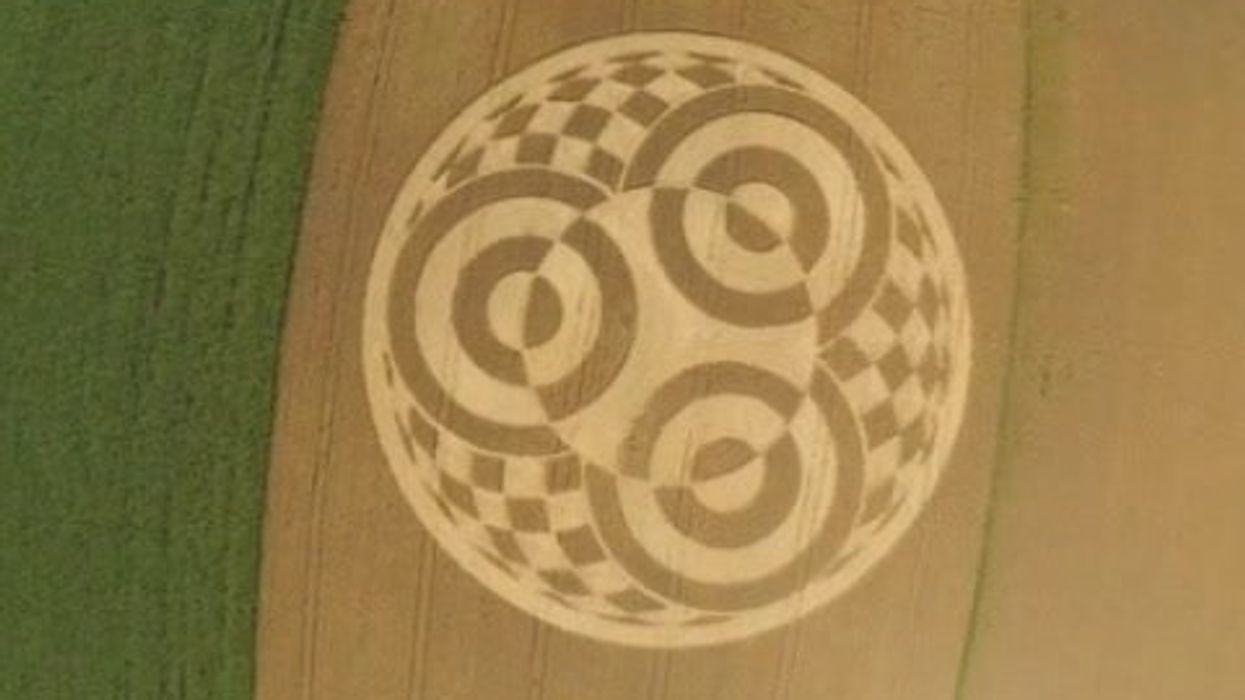Alex Daniel
Jul 19, 2023
Crop circle in German field
content.jwplatform.com
Researchers have revealed where in the UK has the most crop circles, in a significant victory for fans of chasing potential alien hotspots.
The mysterious crop circle phenomenon is often attributed to unidentified flying object landings or other paranormal forces, with wannabe alien hunters travelling from far and wide to study the markings when they appear.
According to Bonusfinder and ukcropcircles.co.uk, the southwestern county of Wiltshire has seen by far the most crop circles since 2005, with a whopping 380 instances of the strange event.
Sign up to our free Indy100 weekly newsletter
Hampshire was a distant second, with just 51 crop circles in the same period, followed by Oxfordshire with 35 crop circles.
Monique Klinkenbergh, researcher and founder of the Crop Circle Visitor Centre and Exhibition, said the county’s sprawling landscape and relatively undisturbed countryside could be part of the reason for the flurry of potential extraterrestrial activity.
“Crop circles seem to be attracted by ancient sites such as stone circles, long barrows, hill forts and other archaeological sites, for which Wiltshire is famous,” she said.
“We have had so many different designs appearing, from small simple circles and ‘pictograms’ to extremely intricate and large patterns, sometimes with a very detailed and complex lay [the way the plants are flattened] on the ground.
“Some crop circle patterns are familiar in design, suggesting they belong to a certain ‘school’ or ‘family-type’, such as Mathematical, Forms of Life, Religious, Astronomical, Codes and Mythology.”
Klinkenbergh said invisible “Earth energies” are believed by some to run through ancient landmarks. That could be why the home of Stonehenge has so many crop circles, she said.
However, she admitted that another far more mundane explanation could be at the heart of it: that they are manmade.
Who would’ve thought it, eh?
Have your say in our news democracy. Click the upvote icon at the top of the page to help raise this article through the indy100 rankings.
Top 100
The Conversation (0)














